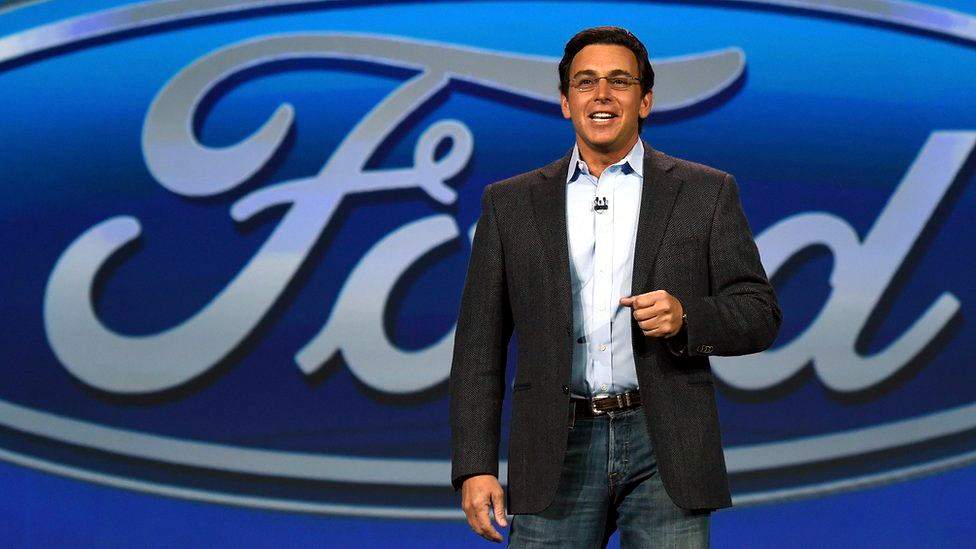Technically, he has retired from the company.
Yesterday was the announcement that Jim Hackett, a relative newcomer, will take over Mark Fields’s role as president and CEO of Ford. After a 28-year successful career, Fields decided to leave the company less than three years in his tenure.
Although this was a surprising move, some experts expected it. While Fields was able to renew Ford’s model lineup and oversee record profitability, the shares of the company have fallen by almost 40% since 2014. Analysts also see the lack of clarity regarding the future of the brand as an area for improvement.
“Shouldn’t we be more clear in our messages?” During yesterday’s Ford press conference, Bill Ford, Executive Chairman, stated that “absolutely.” To sharpen your message, clarity in strategy and alignment are key.
Ford sees Jim Hackett as the successor to Fields. He can have the same effect on the workforce that Alan Mullaly (CEO before Fields), who transformed the company’s “toxic corporate environment,” according to Automotive News.

Hackett stated, “We want people come to work believing they can have great days here.” “There are pockets of this, but we will make it more prominent.”
Ford’s return to “One Ford” will be a key move. Fields has created Ford Smart Mobility, which focuses on electric cars and new mobility services. Fields stated that Ford wants to be both an auto and a mobility company, exploring “emerging opportunities.” Ford is looking to return to a core strategy and that strategy has failed.
Bill Ford stated that you won’t hear them talking about emerging vs. the core. “This is one Ford Motor Co. It doesn’t make sense for one group to think they are the coolest and the other the most excluded. It’s important for our employees and the public to see us as “This is the Blue Oval, and this is how we’re moving ahead as a company,” and not as many companies.